| | | |
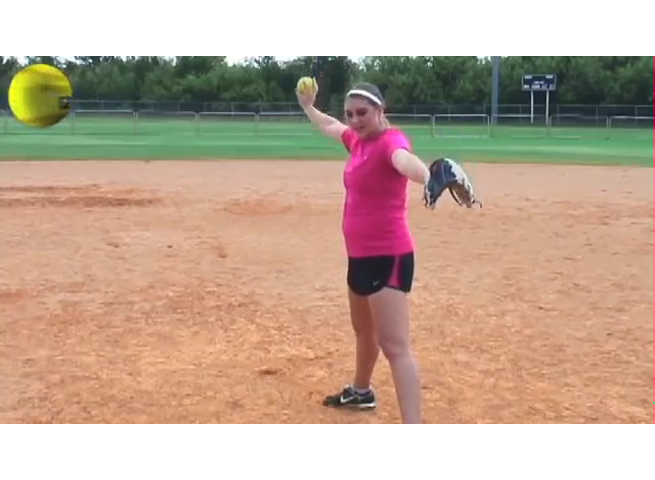 |
On the left she is showing what she says the arm should look like at that point in the circle. She has the ball facing second base and the wrist cocked and the elbow pretty straight. On the right, in her actual pitch, she arrives at the same position. In practice all great pitchers (except possibly for Megan - because this is not actual game video I don't know if she actually looked like this in her prime) have the ball facing third base (RHP) and the wrist is not cocked back. |
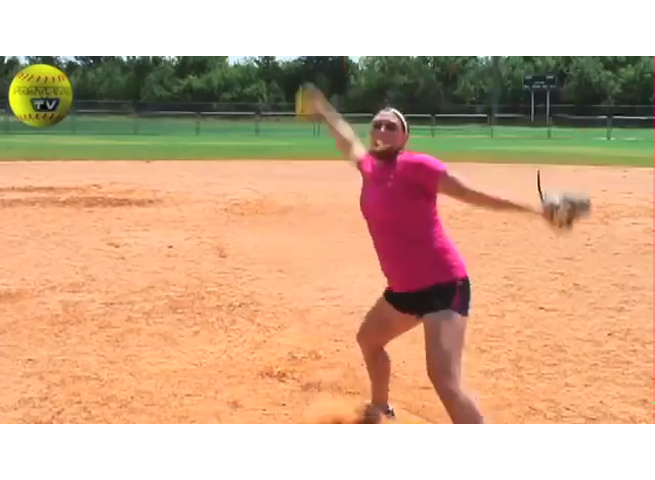 |
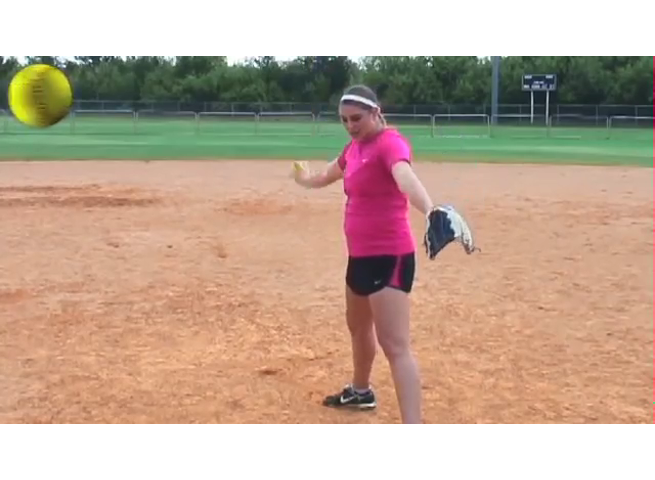 |
This is the next available frame on the action video. Again on the left she is showing what she says the arm should look like at that point in the circle. She has the ball facing second base and the wrist cocked. On the right, she looks like every other great pitcher at this point in the arm circle with the ball facing towards 3rd base and the wrist not cocked. It's not perfectly clear but the yellow of the ball definitely obscures the hand. |
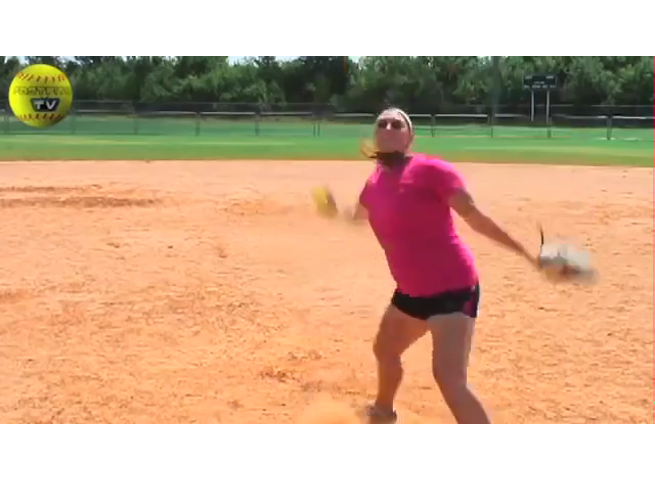 |
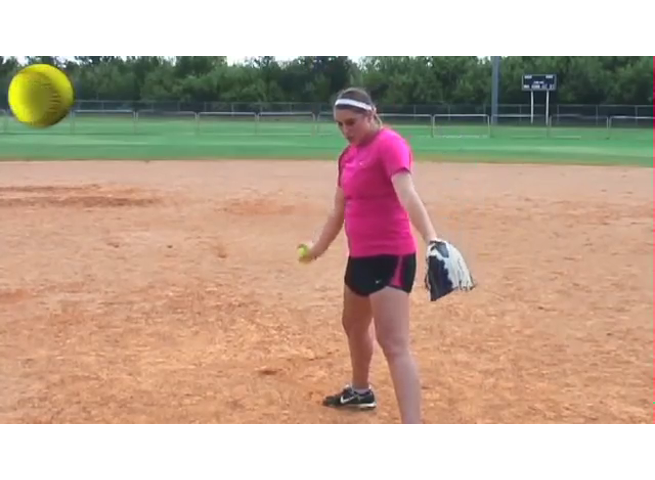 |
This is the next available frame on the action video. On the left she has the ball facing down and the wrist is really primed for the powerful wrist snap. On the right, she looks like every other great pitcher at this point in the circle with the ball facing towards 3rd base and the wrist is not cocked. |
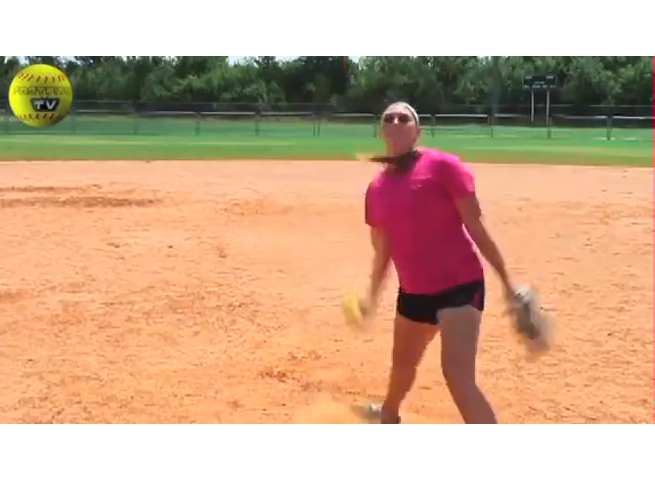 |
She says and shows a lot of great stuff in that episode, but the back side of the circle is I'm sure what she learned as a youth and she has never checked back with reality. 










